Home>Garden Essentials>How To Grow Mustard Seeds
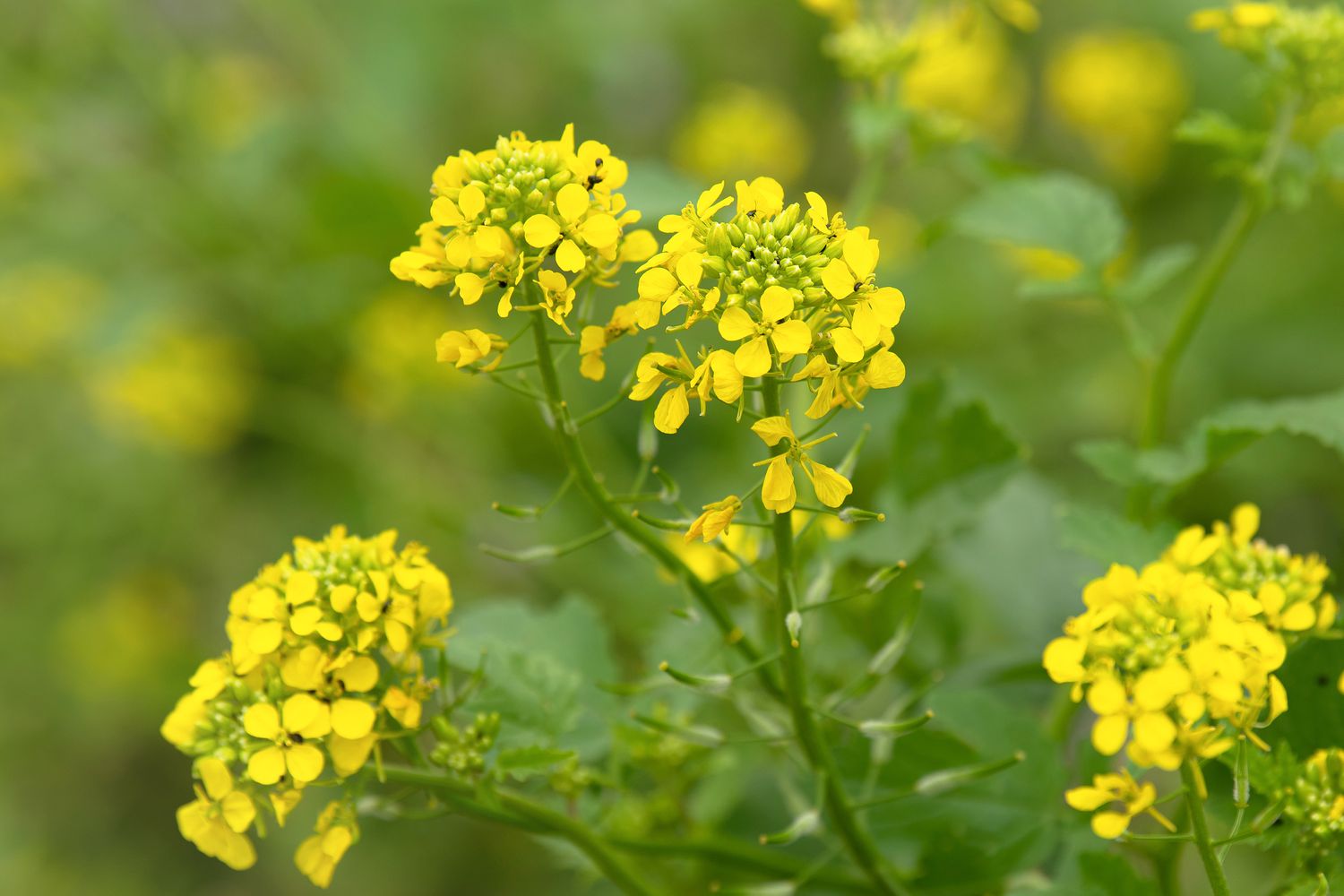

Garden Essentials
How To Grow Mustard Seeds
Modified: March 15, 2024
Learn how to grow mustard seeds in your garden with our comprehensive guide. Discover tips and techniques for a successful mustard seed harvest.
(Many of the links in this article redirect to a specific reviewed product. Your purchase of these products through affiliate links helps to generate commission for Storables.com, at no extra cost. Learn more)
Introduction
Welcome to the exciting world of growing mustard seeds! Whether you’re an experienced gardener or just starting out, mustard seeds are a fantastic addition to any garden. Not only are they easy to grow, but they also offer a plethora of benefits. From their culinary uses to their nutritional value, mustard seeds are a versatile and rewarding crop to cultivate.
In this article, we will explore the various benefits of growing mustard seeds, how to choose the right variety, prepare the soil, plant the seeds, care for the plants, and harvest and store the seeds. So, grab your gardening tools and let’s dive into the wonderful world of mustard seed cultivation!
Before we delve into the nitty-gritty details of growing mustard seeds, let’s take a moment to appreciate the wide range of benefits they offer.
Key Takeaways:
- Mustard seeds offer a world of benefits, from adding unique flavors to dishes to providing essential nutrients and supporting soil health. Growing them is a rewarding and versatile experience for any gardener.
- Choosing the right variety, preparing the soil, and providing proper care are essential for successfully growing mustard seeds. Harvesting and storing them allows for long-term enjoyment and culinary creativity.
Read more: How To Grow A Mustard Seed
Benefits of Growing Mustard Seeds
Growing mustard seeds is not only a rewarding gardening experience but also provides an array of benefits. Let’s explore some of the reasons why you should consider adding mustard seeds to your garden:
- Culinary Delight: Mustard seeds are a staple ingredient in many delicious dishes and condiments. From mustard sauces and marinades to pickles and spice blends, these tiny seeds add a unique and tangy flavor to a variety of recipes. Growing your own mustard seeds allows you to enjoy the freshest and most flavorful spice.
- Healthy Nutrients: Mustard seeds are packed with essential nutrients that contribute to overall well-being. They are a rich source of antioxidants, vitamins, and minerals, including calcium, iron, magnesium, and omega-3 fatty acids. Incorporating mustard seeds into your diet can help boost your immune system, improve digestion, and support heart health.
- Medicinal Properties: Mustard seeds have been used in traditional medicine for centuries due to their numerous health benefits. They are renowned for their anti-inflammatory and analgesic properties, and can be used in poultices to relieve muscle and joint pain. Mustard seed oil is also known for its antibacterial and antifungal properties, making it a versatile natural remedy.
- Soil Improvement: Mustard seeds are excellent cover crops that contribute to soil fertility. When planted as a green manure, mustard plants help suppress weeds, prevent soil erosion, and add organic matter when tilled back into the soil. Their deep roots also help improve soil structure and increase nutrient availability for future crops.
- Biodiversity Support: Mustard plants attract beneficial insects to your garden, such as bees, butterflies, and ladybugs. These pollinators play a crucial role in the ecosystem by enhancing plant reproduction and supporting biodiversity. By growing mustard seeds, you are creating a welcoming environment for these important creatures.
Now that we understand the numerous benefits of growing mustard seeds, let’s move on to the next step: choosing the right variety for your garden.
Choosing the Right Variety of Mustard Seeds
When it comes to choosing the right variety of mustard seeds for your garden, there are a few factors to consider. Different varieties have distinct characteristics, including flavor profiles, growth habits, and adaptability to various climates. Here’s what you need to keep in mind:
- Flavor: Mustard seeds come in different flavors, ranging from mild to hot and spicy. Determine the flavor profile that suits your preference and the culinary applications you have in mind. Some popular varieties include yellow mustard seeds, brown mustard seeds, and black mustard seeds, each with its own unique taste.
- Maturity: Consider the maturity time of the mustard seed variety you choose. Some varieties mature faster, allowing for a quicker harvest, while others take longer to develop. This factor becomes especially crucial if you have a short growing season or want to stagger your harvest.
- Growth Habit: Mustard seeds can have different growth habits, such as upright or bushy. Consider the available space in your garden and select a variety that fits your desired growth habit. Upright varieties tend to take up less space, making them ideal for small gardens or containers.
- Climate Adaptability: Take into account your local climate conditions when choosing a variety of mustard seeds. Some varieties thrive in cooler temperatures, while others are better suited for warm and humid climates. Ensure that the variety you select matches the climate requirements of your region for optimal growth and yield.
- Availability: Check with local nurseries, seed catalogs, or online vendors to find out which mustard seed varieties are readily available in your area. It’s always best to choose seeds that are locally adapted and readily accessible, as they are more likely to thrive and perform well in your specific growing conditions.
Once you have identified the right variety for your garden, it’s time to prepare the soil to provide the best growing environment for your mustard seeds. We’ll explore soil preparation in the next section.
Preparing the Soil for Mustard Seeds
An essential step in growing mustard seeds successfully is preparing the soil to create an optimal environment for seed germination and plant growth. Here’s how to get started:
- Clear the Area: Begin by clearing the planting area of any weeds, rocks, or debris. This ensures that the mustard seeds have ample space to grow without competition from unwanted plants.
- Loosen the Soil: Use a garden fork or a tiller to loosen the soil to a depth of about 8 to 10 inches. This promotes good drainage, root penetration, and the infiltration of nutrients to nourish the mustard plants.
- Amend the Soil: Mustard seeds thrive in fertile soil, so it’s important to improve the nutrient content. Incorporate organic matter, such as compost or well-rotted manure, into the soil. This enhances soil fertility, improves moisture retention, and encourages beneficial microbial activity.
- Adjust Soil pH: Mustard prefers slightly acidic to neutral soil with a pH range of 6.0 to 7.5. Test the soil pH using a testing kit, and if necessary, adjust it by adding lime to raise the pH or sulfur to lower it. Aim for the optimal pH range to ensure the best growth and nutrient uptake for your mustard seeds.
- Level and Rake the Soil: After incorporating amendments and adjusting the pH, level the soil surface with a rake. This creates a smooth and even planting bed, making it easier for the mustard seeds to establish roots and emerge from the soil.
By following these steps, you’ll prepare a nutrient-rich and well-draining soil bed that provides an excellent foundation for your mustard seeds. Now, let’s move on to the exciting part – planting the mustard seeds!
Planting Mustard Seeds
Now that the soil is prepared, it’s time to plant your mustard seeds. Follow these steps to ensure successful germination and healthy plant growth:
- Sowing Method: Decide whether you want to sow mustard seeds directly in the garden or start them indoors and transplant later. Both methods can be effective, but direct sowing is often preferred for mustard seeds as they have a high germination rate.
- Spacing: Leave approximately 6 to 12 inches of space between each mustard seed planting row, depending on the variety’s recommended spacing. This provides sufficient room for the plants to grow and develop properly without overcrowding.
- Planting Depth: Plant the mustard seeds at a depth of about ¼ to ½ inches into the soil. For small-sized seeds, lightly press them into the soil, ensuring good seed-to-soil contact for optimal germination.
- Watering: After planting the seeds, water the area gently to moisten the soil. Maintain even moisture throughout the germination and early growth stages to support strong root development.
- Germination Time: Mustard seeds typically germinate within 7 to 10 days, depending on the environmental conditions. Keep the soil consistently moist but not overly saturated to facilitate germination.
- Thinning Seedlings: When the mustard seedlings reach a height of 2 to 3 inches, thin them out to maintain proper spacing. Remove the weaker seedlings, leaving the healthiest and most robust ones to mature and thrive.
- Transplanting (if applicable): If you started your mustard seeds indoors, transplant the seedlings to the prepared garden bed once they have developed a strong root system. Handle them gently, avoiding damage to the delicate roots, and plant them at the same depth as they were in their containers.
Now that your mustard seeds are planted, it’s time to provide them with the care they need to flourish. In the next section, we’ll explore watering, fertilizing, and protecting mustard plants from common pests and diseases.
Plant mustard seeds in well-drained soil with full sun. Keep the soil consistently moist but not waterlogged. Harvest the seeds when they turn brown and dry.
Read more: What Does Mustard Seeds Grow Into
Watering and Fertilizing Mustard Seeds
Proper watering and fertilization are crucial for the healthy growth and development of your mustard seeds. Here’s what you need to know:
- Watering: Mustard seeds require consistent moisture to thrive but are also susceptible to overwatering. Keep the soil evenly moist, but avoid waterlogging, as it can lead to root rot. Water deeply whenever the top inch of soil feels dry, ensuring that the moisture reaches the root zone. Adjust the frequency of watering based on the weather conditions and the moisture needs of the plants.
- Fertilizing: Mustard plants are generally low-maintenance and do not require heavy fertilization. However, it’s beneficial to provide them with a balanced water-soluble fertilizer once or twice during the growing season to encourage healthy foliage growth and seed development. Follow the package instructions for application rates and frequency, and apply the fertilizer evenly around the plants, avoiding direct contact with the leaves.
- Organic Fertilizer Options: If you prefer organic methods, consider using compost or well-rotted manure as natural fertilizers for your mustard plants. These organic amendments provide slow-release nutrients, improve soil structure, and contribute to long-term soil fertility.
- Mulching: Applying a layer of organic mulch, such as straw or wood chips, around the base of the mustard plants helps retain moisture, regulate soil temperature, and suppress weed growth. It also adds organic matter as it breaks down over time, enriching the soil and reducing the need for excessive watering and fertilization.
By maintaining proper moisture levels and providing adequate nutrition, you’ll ensure robust growth and a bountiful harvest for your mustard plants. However, it’s important to be vigilant against potential pests and diseases that can affect the health of your plants. Let’s explore some common issues and how to protect your mustard plants in the next section.
Protecting Mustard Plants from Pests and Diseases
While mustard plants are generally hardy and resistant to many pests and diseases, it’s important to be proactive in protecting your plants to ensure a thriving and productive garden. Here are some common pests and diseases that can affect mustard plants and how to prevent or manage them:
- Aphids: These small insects feed on the sap of plants and can cause wilting and stunted growth. To deter aphids, regularly inspect your mustard plants and gently spray them with a strong stream of water to dislodge the pests. In case of a severe infestation, consider using insecticidal soap or neem oil as organic control options.
- Cabbage Worms: These green caterpillars can devour the leaves of mustard plants. Handpicking is an effective way to control them, especially during the early stages of infestation. Additionally, you can use floating row covers to prevent adult butterflies from laying eggs on your plants.
- Powdery Mildew: This fungal disease appears as a white powdery coating on the leaves, causing them to distort and turn yellow. To prevent powdery mildew, provide adequate air circulation by spacing plants properly and avoid overhead watering. If the disease appears, remove affected leaves and consider using organic fungicides such as sulfur or potassium bicarbonate.
- Clubroot: Clubroot is a soil-borne disease that affects the roots of mustard plants, causing stunted growth and club-like deformities. To prevent clubroot, practice crop rotation and avoid planting mustard in the same area for consecutive years. Additionally, ensure proper drainage and pH levels in the soil.
- Slugs and Snails: These slimy creatures can munch on young mustard plants, leaving behind irregular holes and damaged foliage. To deter slugs and snails, remove debris and create barriers such as copper tape or diatomaceous earth around your plants. You can also handpick them in the evening or use organic bait traps.
Regular monitoring, proper cultural practices, and early intervention are key to minimizing the impact of pests and diseases on your mustard plants. By taking preventive measures and promptly addressing any issues that arise, you can maintain the health and vitality of your crops.
Now that we’ve covered protection against pests and diseases, let’s move on to the exciting part – harvesting your mustard plants and enjoying the fruits of your labor.
Harvesting Mustard Seeds
Harvesting mustard seeds is an exciting and rewarding part of growing these versatile plants. Here’s what you need to know to ensure a successful harvest:
- Timing: Mustard seeds are ready for harvest when the plants have fully matured and the seed pods have turned brown or yellowish. This generally occurs around 80-90 days after planting, but can vary depending on the variety and growing conditions. Monitor the plants closely to determine the optimal time for harvest.
- Inspecting the Seed Pods: Check the seed pods by gently rubbing them between your fingers. If the pods crack open easily and release the small round seeds, they are ready for harvest. Avoid harvesting too early when the seeds are still green and underdeveloped.
- Harvesting Method: To harvest mustard seeds, cut the seed pods from the plants using sharp pruning shears or scissors. Place the cuttings in a clean container or bag to collect the pods and seeds. Take care not to damage neighboring plants or disturb the surrounding garden soil while harvesting.
- Drying: Once you have harvested the seed pods, spread them out in a single layer in a well-ventilated area that is protected from direct sunlight. Allow the pods to dry completely for 1-2 weeks or until they become brittle. This drying process ensures that the seeds are fully matured and ready for storage.
- Extracting the Seeds: Once the seed pods are dry, gently crush them with clean hands or use a mortar and pestle to release the mustard seeds. Remove any remaining plant material or debris from the seeds using a sieve or fine mesh screen.
Now that you have harvested and extracted the mustard seeds, it’s time to store them properly to maintain their flavor and quality.
Storing and Using Mustard Seeds
Proper storage is essential to preserve the flavor, freshness, and quality of your harvested mustard seeds. Follow these steps to store and use them effectively:
- Storage Containers: Transfer the cleaned and dried mustard seeds to airtight containers, such as glass jars or resealable plastic bags. Make sure the containers are clean and dry to prevent moisture and pest intrusion.
- Location: Store the containers in a cool, dark, and dry place, such as a pantry or cupboard. Avoid areas prone to high humidity or temperature fluctuations, as they can accelerate spoilage or loss of flavor.
- Labeling: Clearly label the containers with the harvest date and the variety of mustard seeds. This helps you keep track of the freshness and allows for easy identification when using them in recipes or sharing with others.
- Shelf Life: Mustard seeds can remain viable for up to 2-3 years if stored properly. However, for the best flavor and potency, it is recommended to use them within 1 year of harvest.
- Using Mustard Seeds: Mustard seeds have a wide range of culinary uses and can add a delightful flavor and texture to your dishes. Here are a few ways to incorporate them into your recipes:
- Grind the seeds in a spice grinder or mortar and pestle to create homemade mustard powder, which can be used in dressings, marinades, and rubs.
- Toast the seeds in a dry skillet over low heat to enhance their flavor before using them in Indian, Middle Eastern, or Asian cuisine.
- Add whole mustard seeds to sautés, stir-fries, or pickling brines to provide bursts of flavor and a slight crunch.
- Create your own homemade mustard condiment by combining ground mustard seeds with vinegar, water, salt, and other desired seasonings.
- Experiment with mustard seeds in baking, such as incorporating them into bread dough, crackers, or flavored oils.
Remember to adjust the quantity of mustard seeds according to your taste preferences and the desired level of spiciness in your recipes. Enjoy the unique flavors and versatility that mustard seeds bring to your culinary adventures!
Congratulations on successfully growing and harvesting your own mustard seeds. With proper storage and creative use, you can now enjoy the fruits of your labor for months to come. Happy cooking and gardening!
Read more: How To Grow Mustard Seeds In Pots
Conclusion
Congratulations on embarking on your journey of growing mustard seeds! By now, you have gained a wealth of knowledge on the benefits of growing mustard seeds, choosing the right variety, preparing the soil, planting the seeds, caring for the plants, harvesting the seeds, and storing and using them in your culinary creations.
From their culinary versatility to their nutritional value, mustard seeds have proven to be a valuable addition to any garden. They offer a range of flavors, from mild to spicy, and can elevate the taste of numerous dishes. Not only are mustard seeds a delight for the taste buds, but they also provide essential nutrients and health benefits.
Throughout your journey, you have learned how to choose the right variety of mustard seeds based on flavor, maturity, growth habit, climate adaptability, and availability. You have also discovered the importance of preparing the soil by clearing the area, loosening the soil, amending it with organic matter, adjusting the pH, and leveling the surface.
Planting mustard seeds, ensuring proper spacing, watering, fertilizing, and protecting the plants from pests and diseases have been essential steps in promoting healthy growth and maximizing your harvest. Finally, you have gained insights into the harvesting process, extracting the seeds, and storing them correctly to enjoy their flavors and benefits for an extended period.
Remember, gardening is a continuous learning experience. As you gain more experience and experiment with different techniques, you will enhance your skills and achieve even better results. And don’t forget to share your knowledge and bounty of mustard seeds with others, as gardening is a wonderful opportunity to connect with the community.
Now it’s time for you to put your newfound knowledge into action. Grab your gardening tools, choose your favorite mustard seed variety, and watch your garden flourish with these delightful and versatile plants. Enjoy the process, savor the flavors, and embrace the joy of growing your own mustard seeds!
Frequently Asked Questions about How To Grow Mustard Seeds
Was this page helpful?
At Storables.com, we guarantee accurate and reliable information. Our content, validated by Expert Board Contributors, is crafted following stringent Editorial Policies. We're committed to providing you with well-researched, expert-backed insights for all your informational needs.
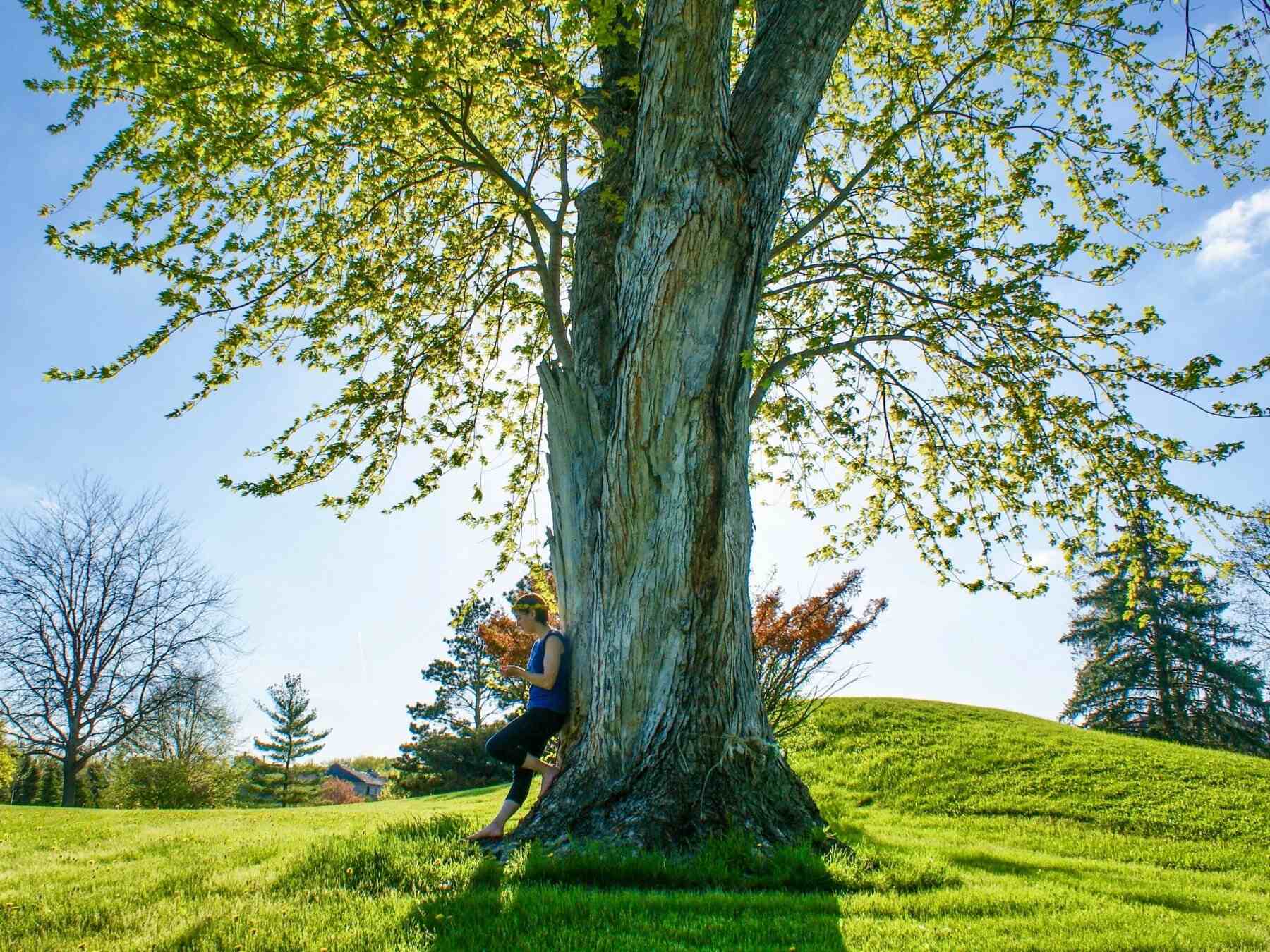
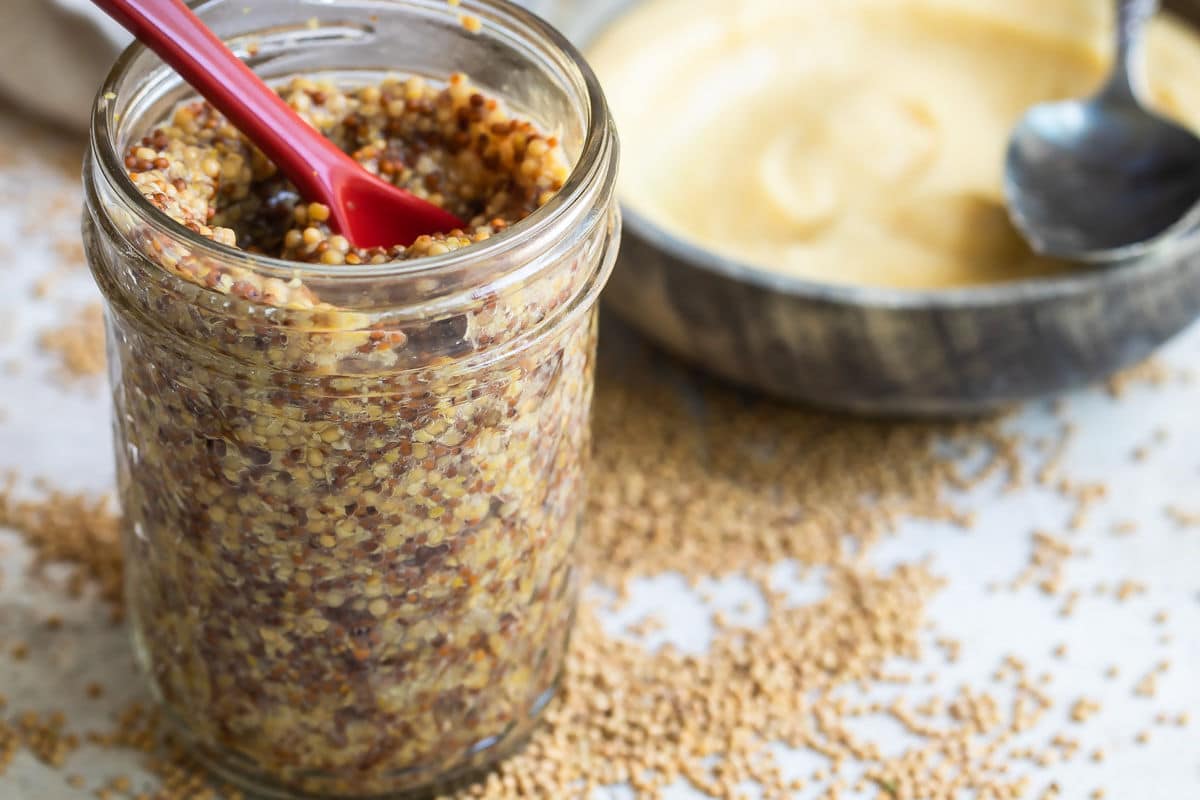
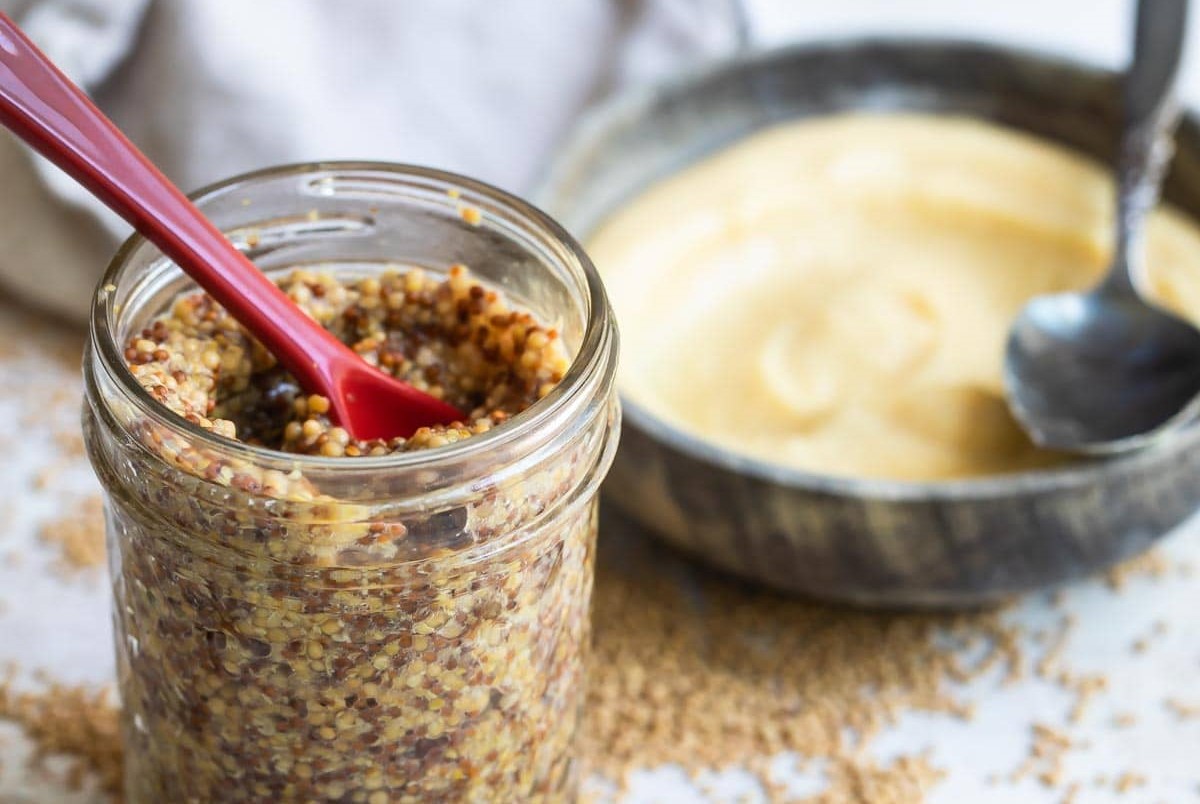
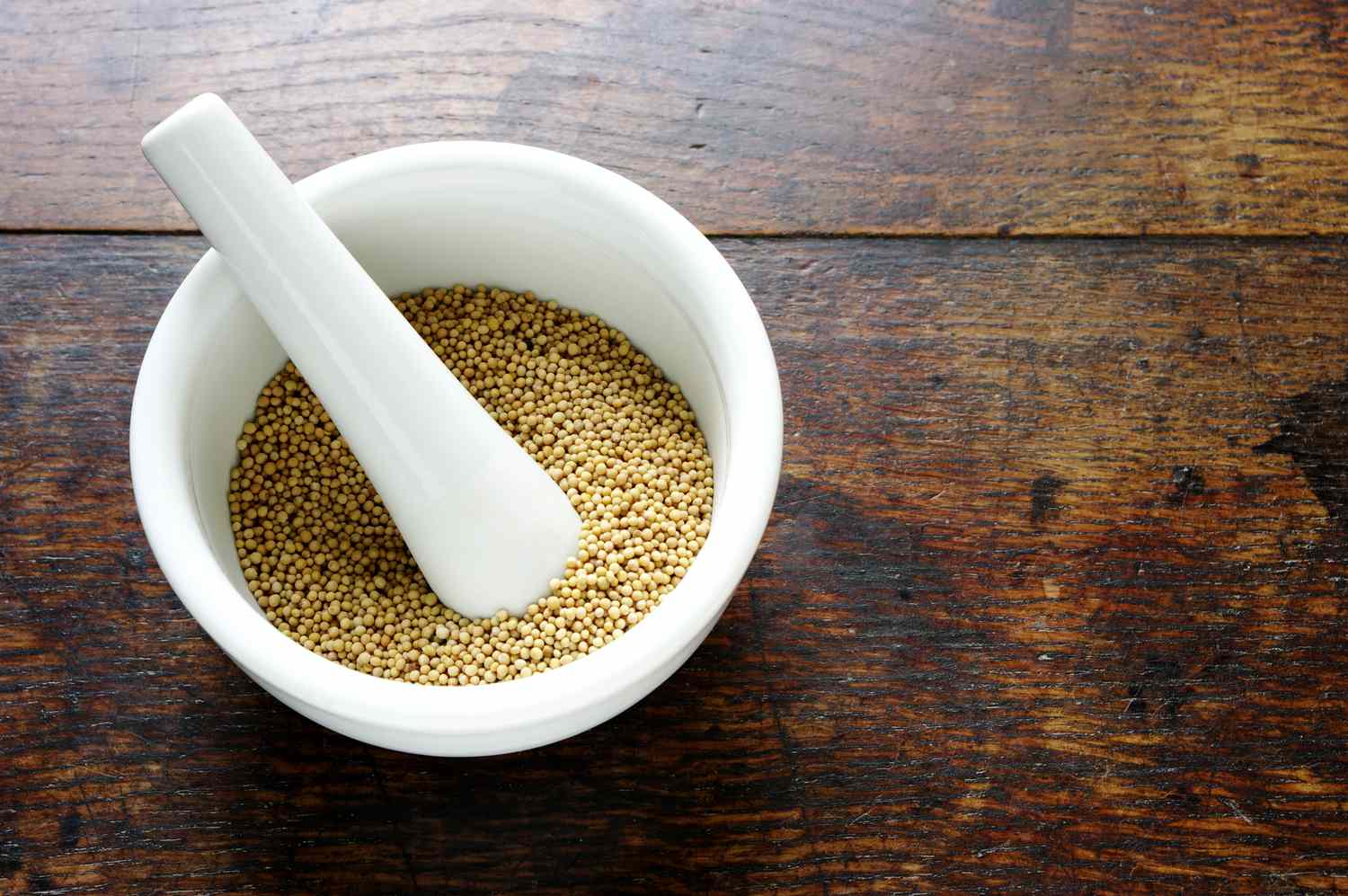
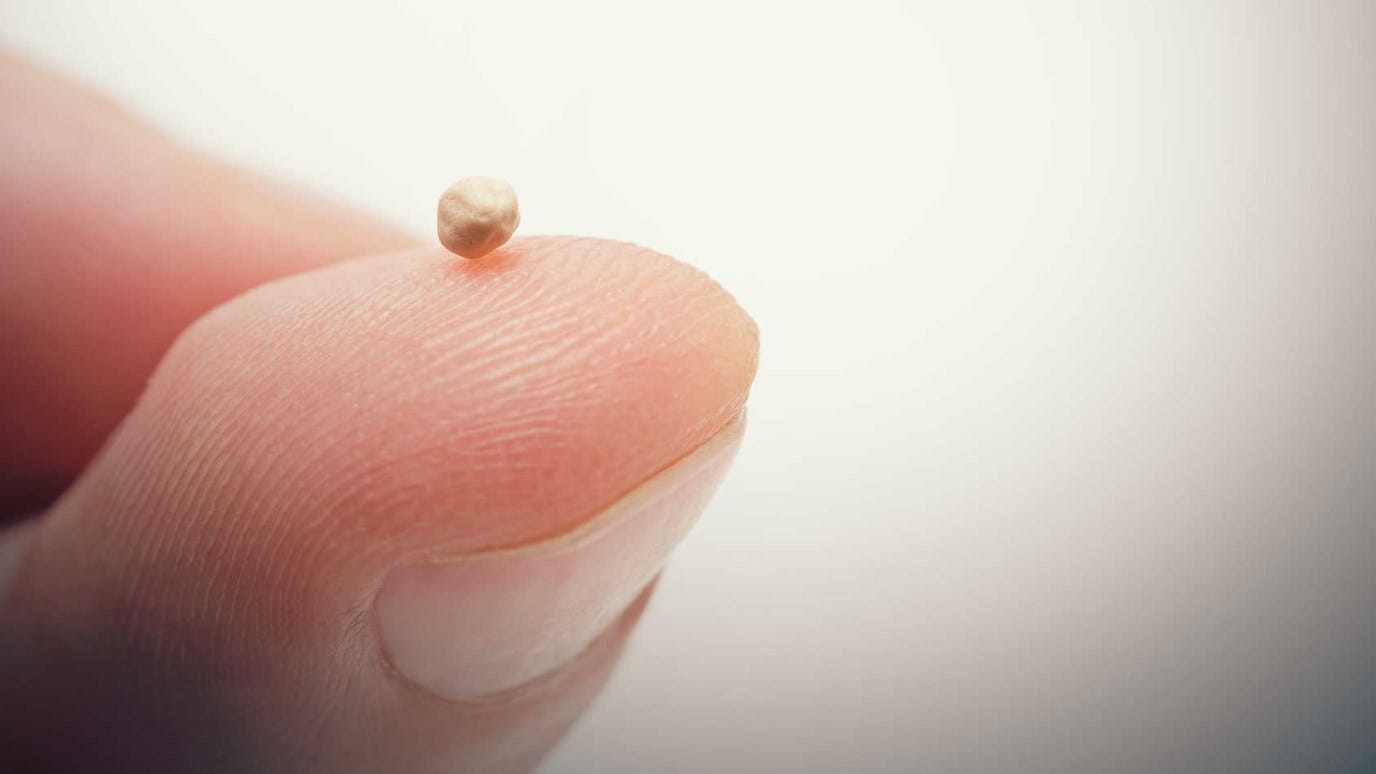
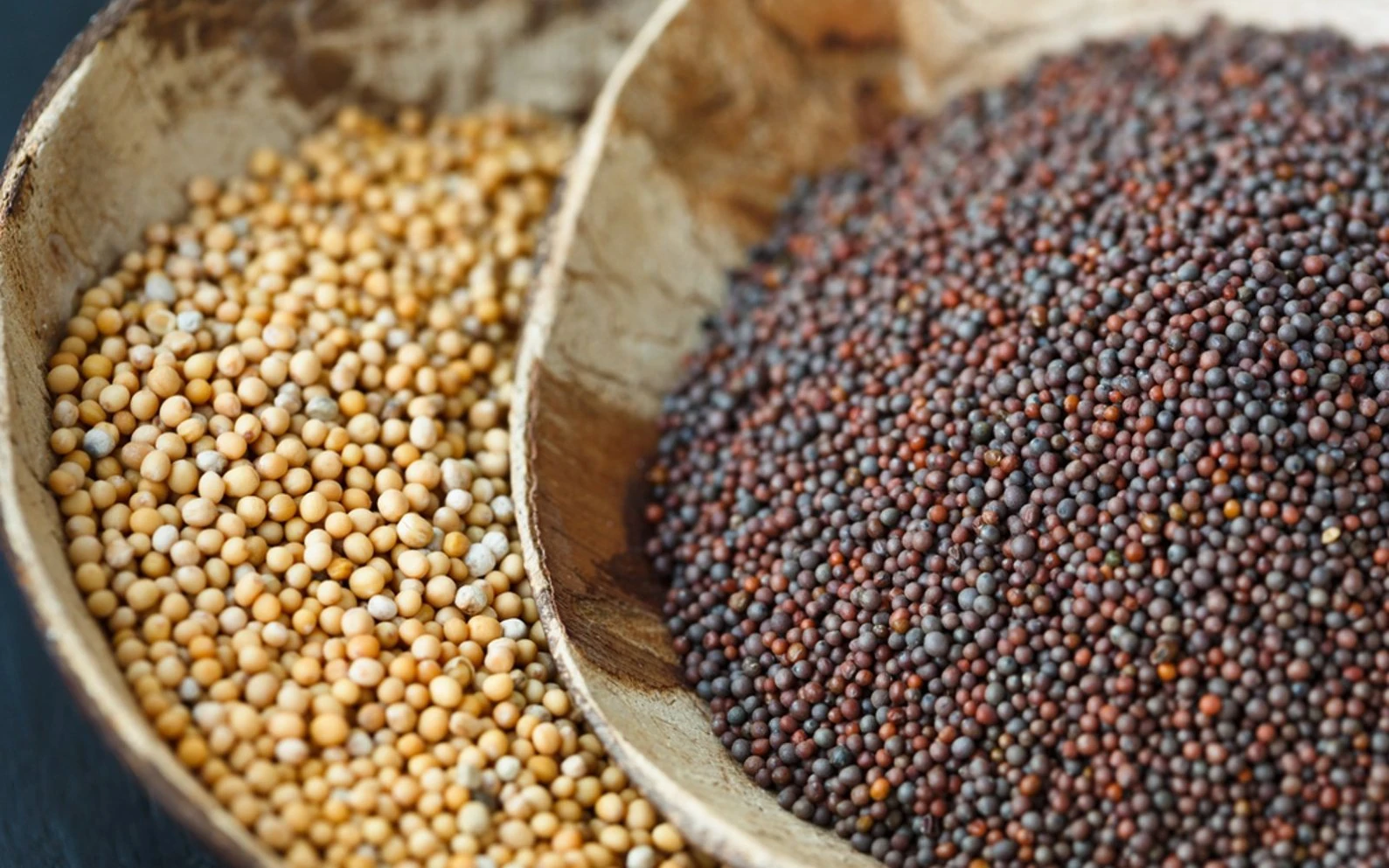
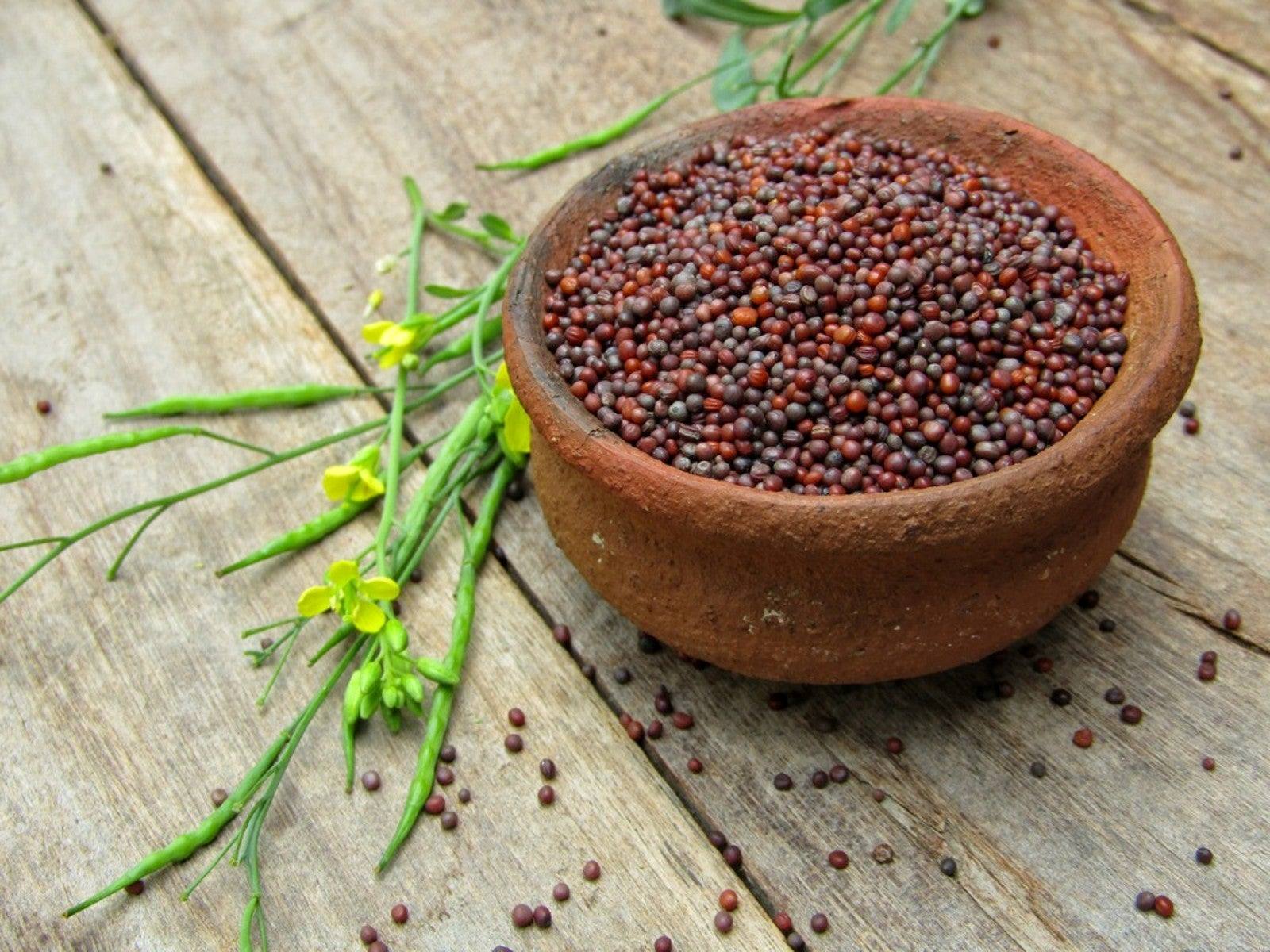
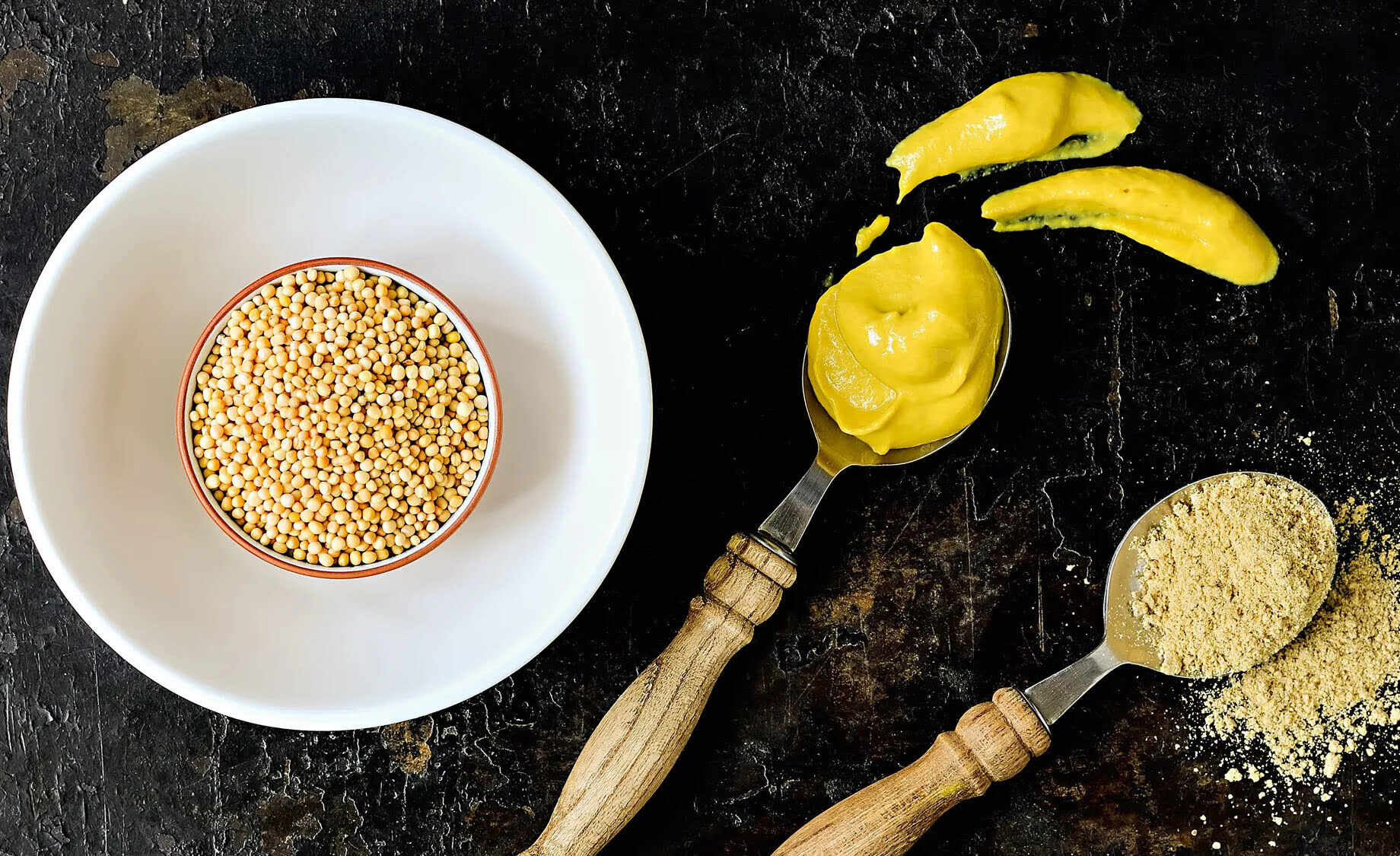
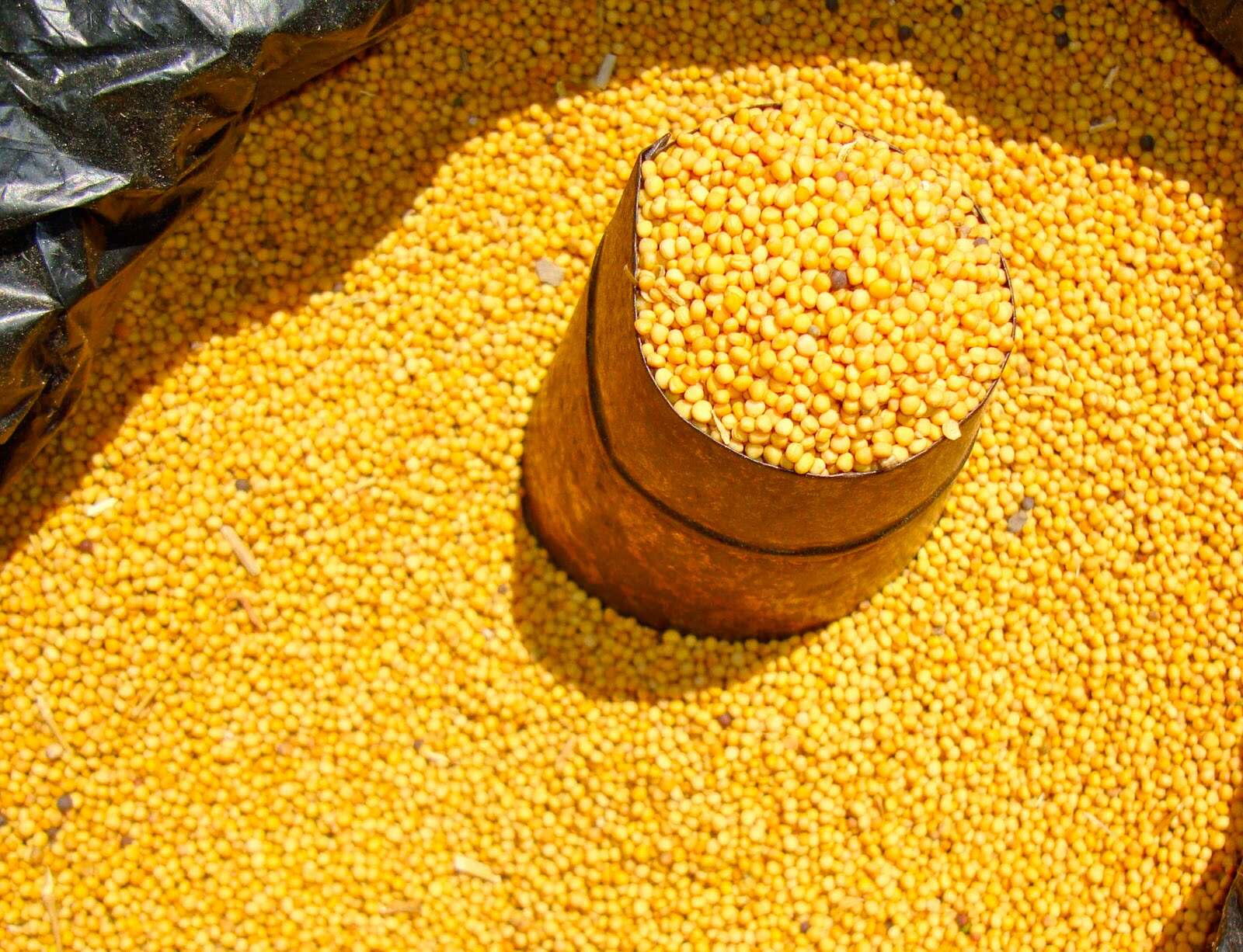
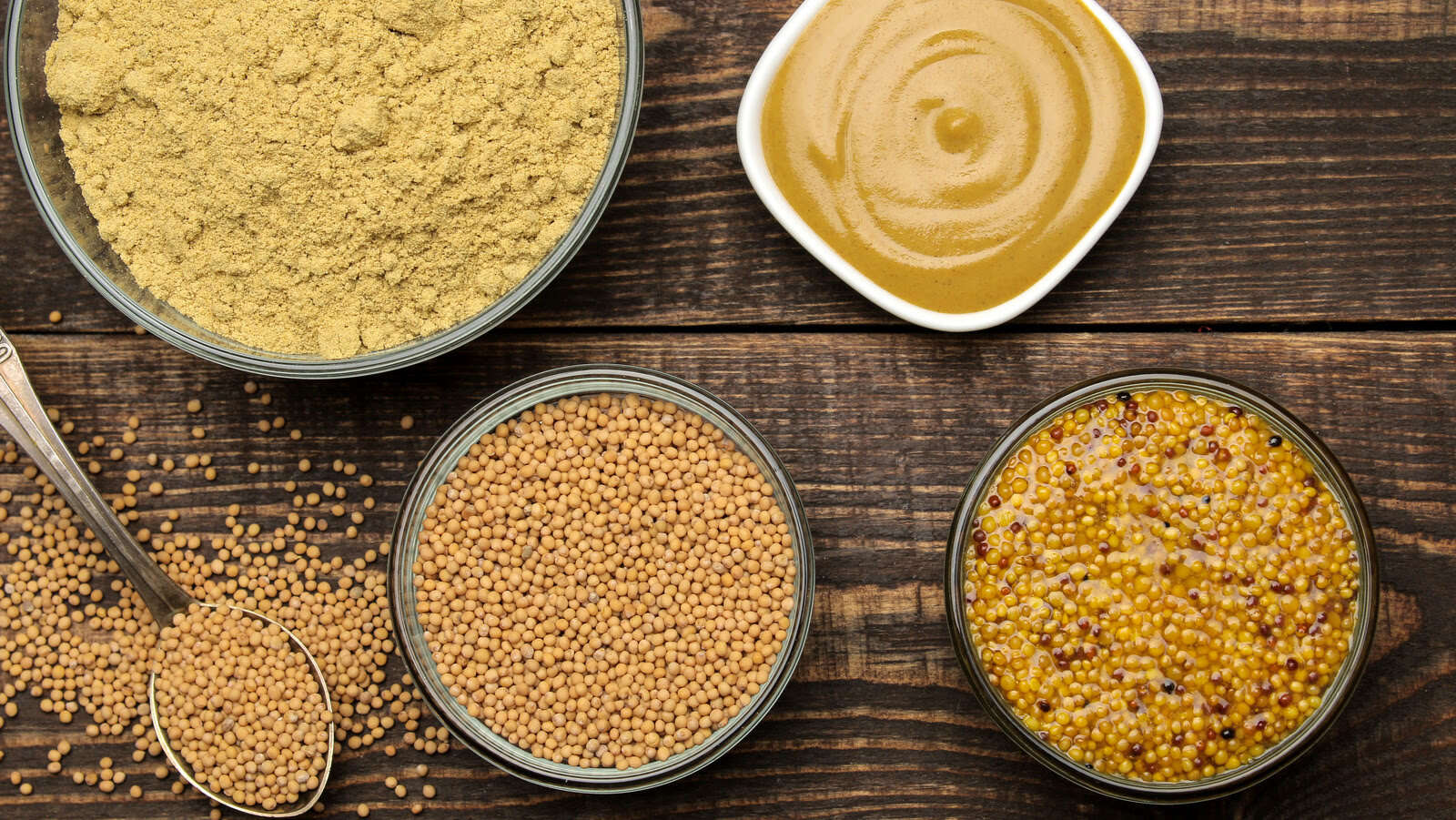
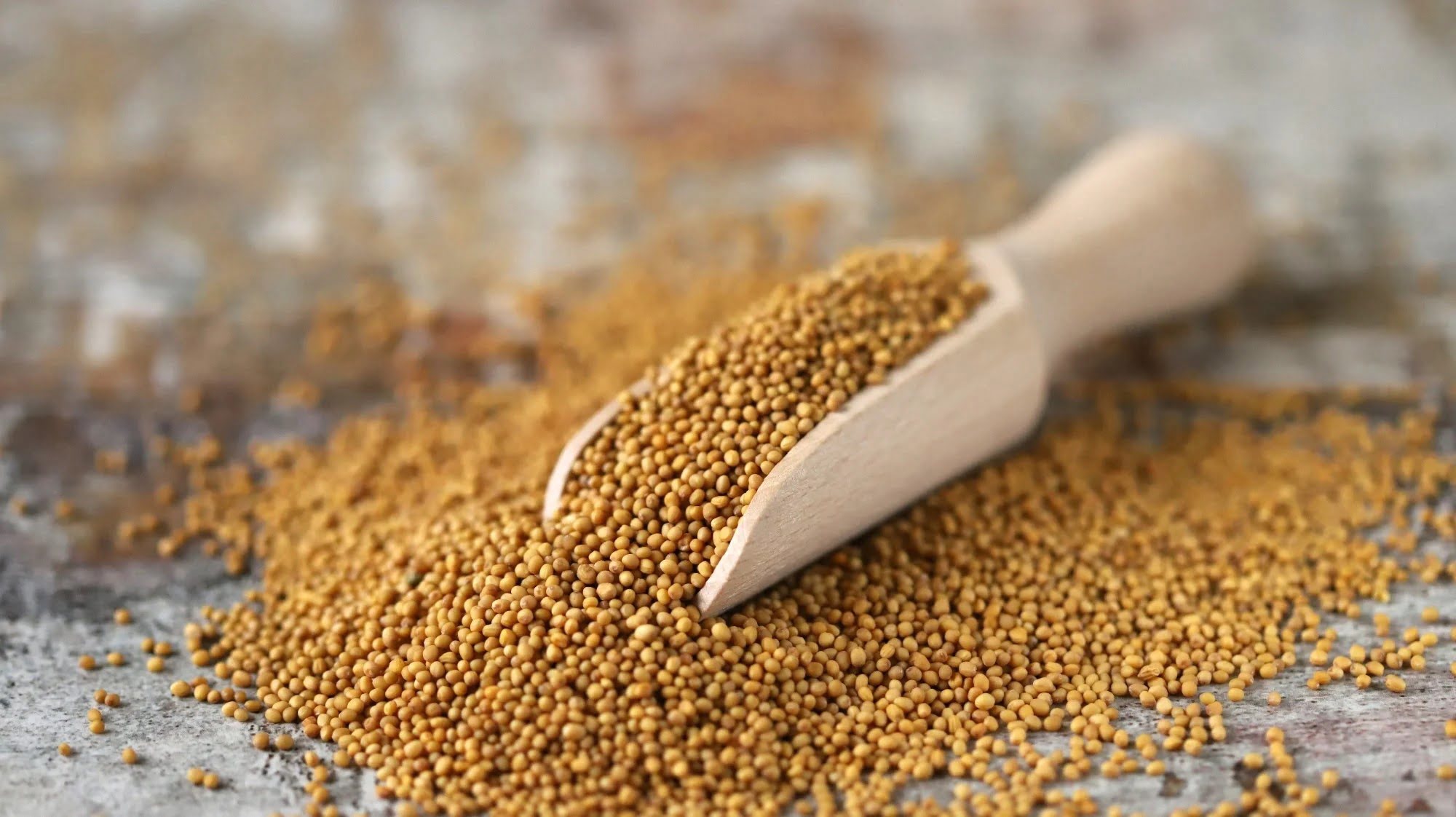
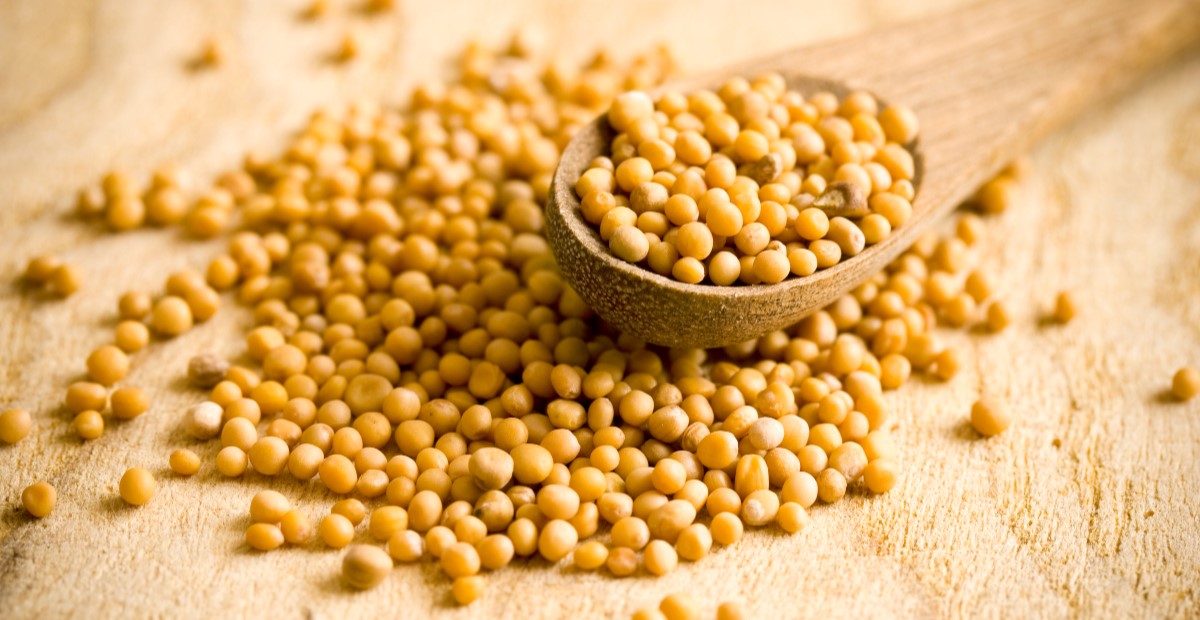
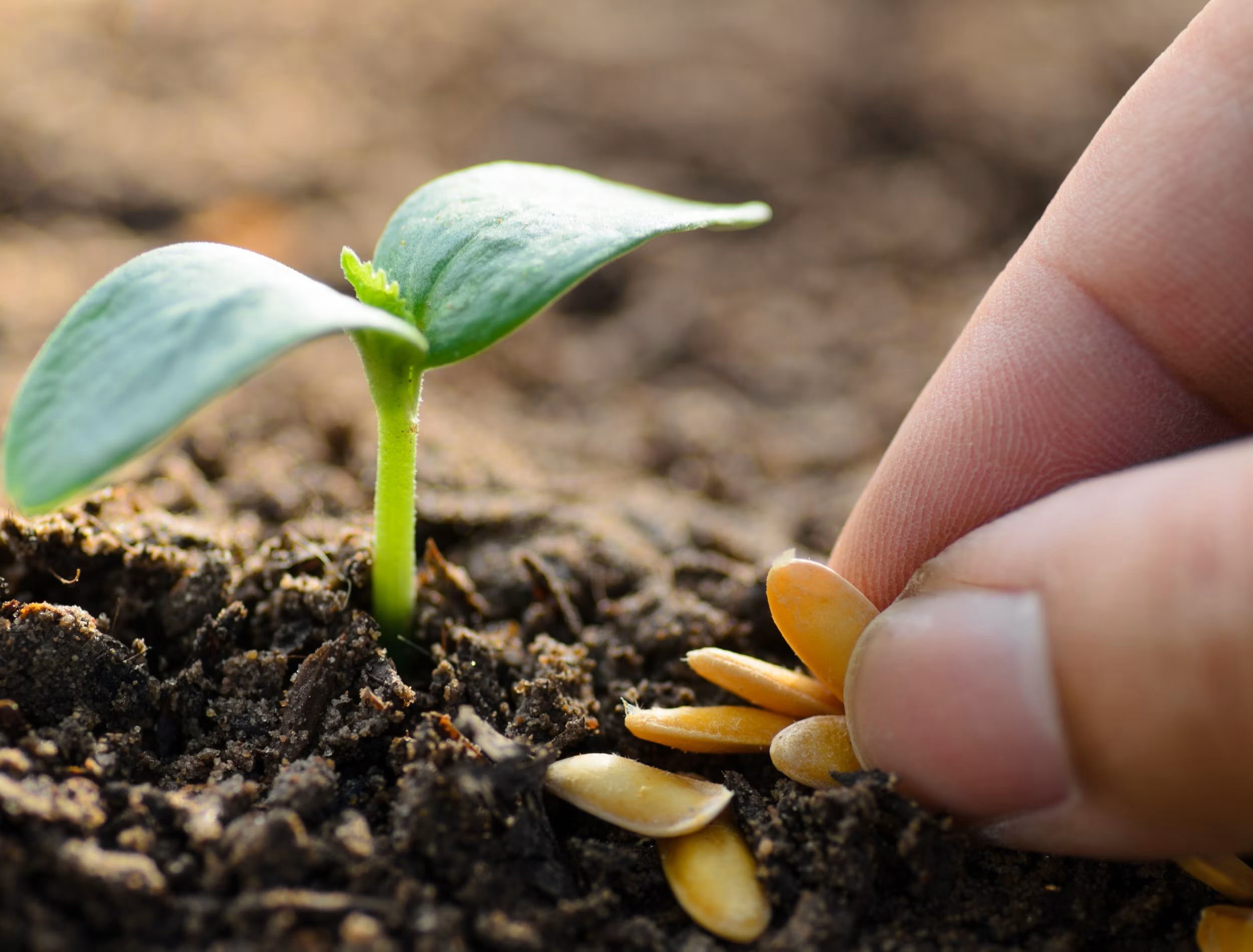

0 thoughts on “How To Grow Mustard Seeds”